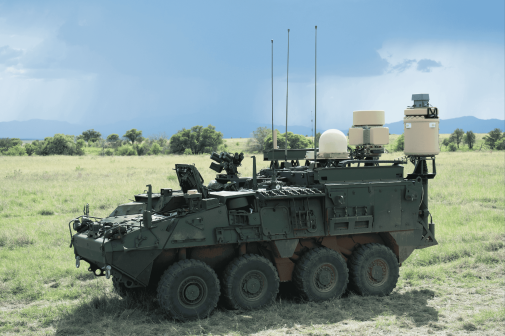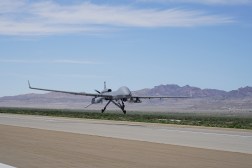Army budget request would fund third Multi-Domain Task Force

The Army’s fiscal 2023 budget request resources the addition of a third Multi-Domain Task Force, although it’s unclear where that unit will be based, according to Army leaders.
The Multi-Domain Task Forces are to be in constant contact with adversaries during the so-called competition phase of conflict.
The first was designed to support the Indo-Pacific theater with a second activated in September 2021 to support the European theater.
The third task force will be similar to others, but the Army has not made a stationing decision yet, Brig. Gen. Mac McCurry, director of force development with Army G-8, told reporters Tuesday.
It will conduct electronic warfare and cyber operations and support exercises and experimentation, officials said.
The Army created a non-kinetic, battalion-sized unit within the task forces, initially dubbed the Intelligence, Information, Cyber, Electronic Warfare and Space battalion (I2CEWS). It has recently been renamed the Multi-Domain Effects Battalion.
This organization won’t conduct offensive operations, but rather assist with defensive measures, pass targets off to other offensive forces and provide advanced deep sensing information through electronic means to tip others and provide greater situational awareness at the theater level.
McCurry noted that new capabilities the Army is developing, such as the Terrestrial Layer System-Echelons Above Brigade – a system capable of signals intelligence, electronic warfare and cyber ops – will be used by the task force and others for large-scale combat operations against near peer adversaries operating within the electromagnetic spectrum. Officials have previously said the task force is the priority fielding unit for this forthcoming capability, which is expected to be fielded in fiscal 2024.
An existing Multi-Domain Task Force will play a big role in helping the Army experiment with its tactical cloud infrastructure.
Correction: March 30, 2022. An earlier version of this story stated that TLS-EAB was a tracked vehicle. It is not.




